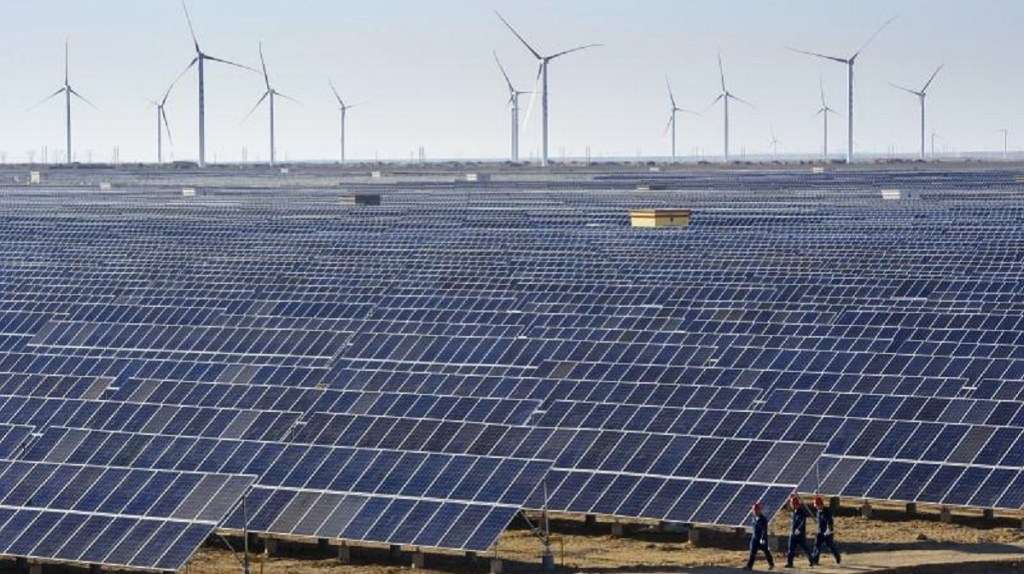– By Mahesh Palashikar
Few countries have made such dramatic commitments to a net zero future than India, despite its current reliance on coal as the primary source of power. Accepting the ground reality that the 1.4 billion people need access to energy; the nation has been rolling out an energy transition strategy that is not only realistic but also ambitious.
This is underlined by the slew of initiatives that the Indian government has announced in recent months, including the National Hydrogen Mission, which proposes a series of measures to support the production and utilization of green hydrogen. This builds on the nation’s commitments made at COP26 in Glasgow to achieve net zero by 2070 and to increase non-fossil energy capacity to 500 gigawatts (GW) and reduce the carbon intensity of the economy by 45 per cent by 2030.
Pertinently, India has also committed to promoting energy security as a top priority, which is reflected in the Long-Term Low Emission Development Strategy (LTLED) submitted to the United Nations Framework Convention on Climate Change, which focuses on the rational utilization of resources with a focus on energy security. This pragmatic approach that highlights energy security as a key driver of climate action further defines the context of sustainable development that is relevant for 2023 and beyond. It also reflects the need for pursuing multiple pathways to promote decarbonization, embracing new energy systems of the future, while also delivering reliable power that is essential for growth.
As Daniel Yergin writes in The New Map, about the future of renewable landscape: “At this time at least, solar and wind cannot go it alone. They need partners. Natural gas generation is a flexible partner for solar and wind. Gas is lower-carbon and lower emissions (with methane control), and gas generation can be ramped up and down to provide balance against the fluctuations of wind and solar.”
Accelerating clean energy transition
One of the fundamental drivers of the sustainability agenda for 2023 will be a greater focus on clean energy transition. This is reflected in India’s LTLED Strategy that emphasizes the need for low carbon development transition without impacting energy security, access and employment. Today, fossil fuels, in particular coal, account for 57.9 per cent of the total installed power capacity, while hydro (11.5 per cent), and wind, solar and other renewable sources (29per cent) and nuclear (1.7per cent) account for the rest. The opportunity to expand renewable power generation capacity is tremendous, especially hydrogen.
More importantly, as a pragmatic energy transition strategy calls for, it is important to use wind, solar, hydrogen and other sources in conjunction, especially to address the problem of intermittency that is associated with wind and solar power. Even as investments in wind and solar will gain strength, to ensure resiliency and enabling the use of more renewable power, modernizing existing grids will be crucial. This will be driven by digitalization, with next-generation distribution grids contributing to more efficiency, reliability, and sustainability.
The role of hybrid power plants in enhancing sustainable power
Hybrid power plants will be part of the future of sustainable energy mix, given their role in reducing the levelized cost of electricity – the power one gets for every rupee (rupees per kilowatt hour). Hybrid power plants reduce costs by leveraging common equipment, technology, and storage, in addition to reduced dependencies on energy storage. With a clean generation source, storage systems such as pumped hydro storage, and hybrid controls architecture, the operation of different power generation sources can be optimized, ensuing clean and sustainable power supply.
The fuels of the future
As the nation – and the world – focuses on promoting sustainable energy pathways, the role of hydrogen as the fuel of the future will gain even more importance in the coming days. This is in addition to the increased role that natural gas will play, with India having reserves of over 43 trillion cubic feet (Tcf) as of 2017, ranking 22nd in the world. These proven reserves are equivalent to 22.1 times the country’s annual consumption – underlining the remarkable opportunity to explore natural gas as a power source.
Today, advanced premix combustors enable hydrogen to burn at higher temperatures, helping produce highly efficient energy with low emissions. These can be integrated in a hybrid model too with precision-engineered, advanced premix combustors having the capability to burn up to 50 per cent hydrogen by volume blended with natural gas. Using such technological innovations help India add more gas power to its energy mix and achieve its goal of generating 15 per cent power through gas by 2030. The new technology advances in clean energy and the opportunity to enhance the efficiency and productivity of existing plants will be critical drivers of the sustainability narrative for 2023 and aligning with these is critical for achieving India’s long-term vision for a cleaner, decarbonized future.
(Mahesh Palashikar is the President of GE, South Asia)


